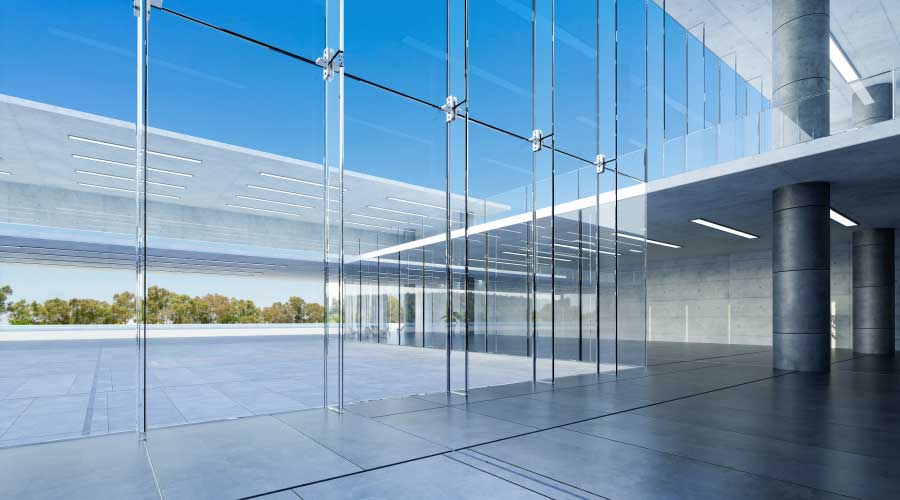Safety Considerations: Impact-Resistant Glass
When windows are being replaced, it is an ideal time to consider improving the safety and security of those working in and around the building. Manufacturers have developed impact-resistant windows to minimize damage from high winds, vandalism or acts of terrorism. Two approaches have been used in developing impact-resistant glazings: laminated glass and window films.
Laminated glass consists of two layers of glass separated by a shatterproof membrane. An impact may shatter the glass layer, but the membrane holds the broken pieces in place, retaining the integrity of the window and preventing the broken pieces from becoming airborne projectiles.
Window films are applied to the surface of standard glazings. If the glass is broken, the film keeps the broken pieces of glass in place. While not as durable as laminated glass, window films can provide a level of protection at a reasonable cost.
To be fully effective, impact resistant windows must also include a heavy-duty frame that is securely fastened to the surrounding structure.
James Piper, PhD, PE, is a writer and consultant who has more than 25 years of experience in facilities management. He is a contributing editor for Building Operating Management.
Related Topics:














